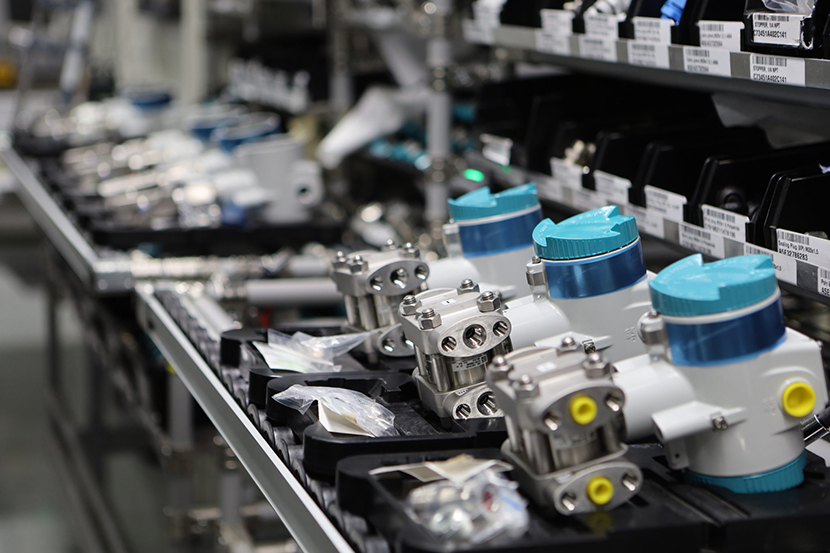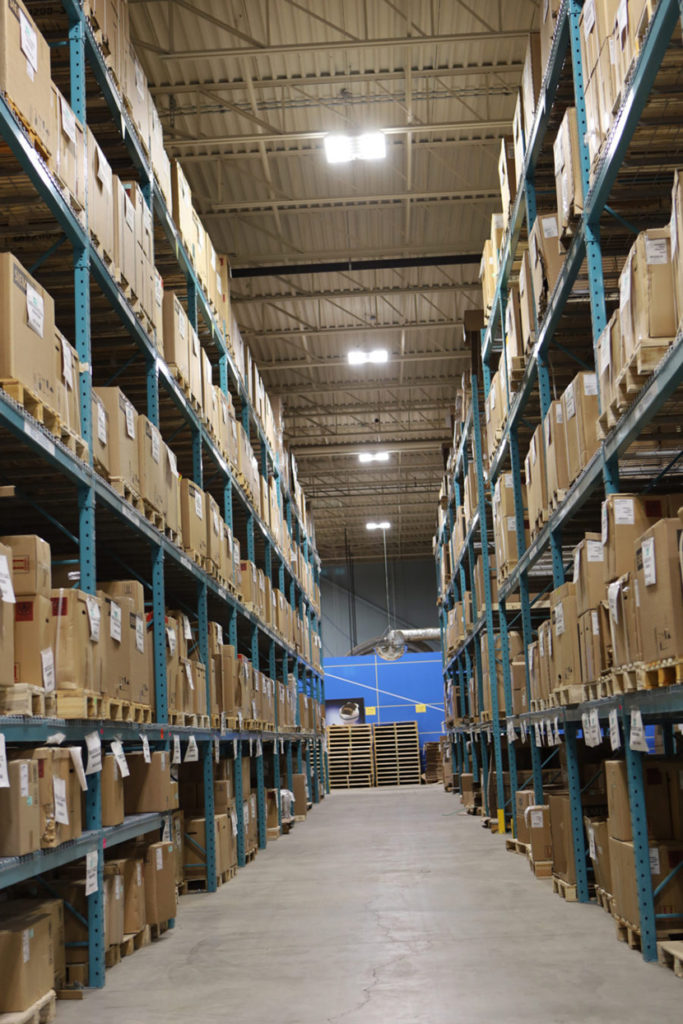Humans evolved to walk with an extra spring in our step
Scientists find the flexible human foot arch may have helped us to run and walk upright
Peer-Reviewed Publication“We thought originally that the spring-like arch helped to lift the body into the next step,” said Dr Lauren Welte, first author of the study in Frontiers in Bioengineering and Biotechnology, who conducted the research while at Queen's University and is now affiliated with the University of Wisconsin-Madison. “It turns out that instead, the spring-like arch recoils to help the ankle lift the body.”
Step by step
The evolution of our feet, including the raised medial arch which sets us apart from great apes, is crucial to bipedal walking. The arch is thought to give hominins more leverage when walking upright: the mechanism is unclear, but when arch motion is restricted, running demands more energy. Arch recoil could potentially make us more efficient runners by propelling the center mass of the body forward, or by making up for mechanical work that muscles would otherwise have to do.
To investigate these hypotheses, the team selected seven participants with varying arch mobility, who walked and ran while their feet were being filmed by high-speed x-ray motion capture cameras. The height of each participant’s arch was measured, and their right feet were CT-scanned. The scientists created rigid models and compared them to the measured motion of the foot bones to test the effect of arch mobility on adjacent joints. They also measured which joints contributed the most to arch recoil, and the contribution of arch recoil to center of mass and ankle propulsion.
Leaning into bipedalism
Although the scientists expected to find that arch recoil helped the rigid lever of the arch to lift the body up, they discovered that a rigid arch without recoil either caused the foot to leave the ground early, likely decreasing the efficiency of the calf muscles, or leaned the ankle bones too far forward. The forward lean mirrors the posture of walking chimpanzees, rather than the upright stance characteristic of human gait. The flexible arch helped reposition the ankle upright, which allows the leg to push off the ground more effectively. This effect is even greater when running, suggesting that efficient running may have been an evolutionary pressure in favor of the flexible arch.
The scientists also found that the joint between two bones in the medial arch, the navicular and the medial cuneiform, is crucial to the arch’s flexibility. Changes to this joint could help us track the development of bipedalism in the hominin fossil record.
“The mobility of our feet seems to allow us to walk and run upright instead of either crouching forward or pushing off into the next step too soon,” said Dr Michael Rainbow of Queen’s University, senior author.
Therapeutic potential
These findings also suggest therapeutic avenues for people whose arches are rigid due to injury or illness: supporting the flexibility of the arch could improve overall mobility.
“Our work suggests that allowing the arch to move during propulsion makes movement more efficient,” said Welte. “If we restrict arch motion, it’s likely that there are corresponding changes in how the other joints function.”
“At this stage, our hypothesis requires further testing because we need to verify that differences in foot mobility across the population lead to the kinds of changes we see in our limited sample,” said Rainbow. “That said, our work sets the stage for an exciting new avenue of investigation.”
JOURNAL
Frontiers in Bioengineering and Biotechnology
METHOD OF RESEARCH
Experimental study
SUBJECT OF RESEARCH
People
ARTICLE TITLE
Mobility of the human foot's medial arch enables upright bipedal locomotion
ARTICLE PUBLICATION DATE
30-May-2023



